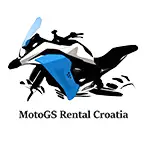Traffic regulations in Europe - Italy
Traffic regulations in Europe - Italy
Category: Traffic regulations in Europe
What should be considered on a motorcycle tour to or through Italy? What documents do you need to bring with you? MotoGS WorldTours and MotoGS Rental provide you with answers to your most important questions.
Errors and omissions excepted - all information without guarantee.
Basics:
Italy is a member state of the EU. Therefore, it makes entry very easy for all EU citizens. But even for non-EU citizens, the entry option is usually very uncomplicated.
Vehicle papers and other necessary documents:
The vehicle registration document or the registration certificate part I is mandatory.
The IVK - International Insurance Card (formerly Green Card, including I) is valid as proof of liability insurance.
The EU driver's license is accepted in Italy, so you do not need to carry an international driver's license with you. For non-EU citizens, an international driving license is required in addition to the national driving license of the country of origin.
For a tourist stay for EU citizens, the identity card is perfectly sufficient. Of course, non-EU citizens must carry a passport.
All personal documents must be valid for at least 3 months upon departure.
With a rented motorbike to Italy:
Basically not a problem, but riders who make trips abroad with a vehicle that is not registered in their name should carry a user permit with them to be on the safe side. Even in Italy.
This permit can be downloaded from the following link.
Requirements to be able to rent a motorcycle in Italy, you must be at least 18 years old (may vary depending on the motorcycle category and local rental company). As a rule, however, the rental stations require a minimum age of 21 years. For riders under 21, sometimes even under 23 years of age, young driver surcharges are often required.
Health insurance:
In principle, all travelers abroad, regardless of their country of origin, should take out international health insurance. This can also be done easily here via Global Rescue. Surely this type of insurance protection is a bit more expensive than other providers. However, as the name suggests, this type of coverage is built on Rescue. Therefore not comparable. However, this should not be understood as advertising, it is a simple recommendation.
Helmet obligation:
Helmets are compulsory in Italy! Only helmets that comply with the ECE R 22.05 standard are permitted (symbol in the helmet: E within a circle and test number, e.g. 3). The test seal must be attached to the helmet, it must be present.
Violators face high fines, and the motorcycle can be confiscated for up to 30 days.
Speed limits in Italy:
In urban areas: 50 km/h
Out of town: 90 km/h
Expressways (blue): 110 km/h (90 km/h when wet)
Motorway (green): 130 km/h (110 km/h when wet)
On highways (blue), in rain or snow max. 90 km/h for novice motorcyclists (driving license under 3 years).
On motorways (green), in rain or snow max. 110 km/h for novice motorcyclists (driving license under 3 years).
Note: Motorcycles up to 149cc and motorcycles with sidecars up to 249cc are prohibited on motorways and expressways.
Lighting:
On motorways and outside built-up areas, dipped headlights (or alternatively daytime running lights) must be used all year round during the day.
Note: Motorbikes also inside built-up areas.
Carrying a spare bulb set is recommended. Excluded are motorcycles equipped with LED lights.
First-aid bags and warning vest:
Neither first-aid bags nor high-visibility vests are mandatory. However, it makes sense to always have both with you.
A motorcycle warning triangle and warning light are also recommended.
Radar detectors:
The use and carrying of a radar warning device is strictly prohibited. Even using an app on your smartphone. Non-compliance can result in high fines and confiscation of the device.
Dash cam:
Allowed (but dashcam must be easily removable and recordings must be continuously overwritten).
Toll obligation:
Motorways in Italy are generally subject to tolls. There are no vignettes in Italy. Payment can be made in cash, EC card or credit card at the respective toll stations.
Since we are compiling information for motorcycling here and actually do not use motorways or other toll routes in this regard, we do not want to go into detail about the toll.
Alcohol determination:
There is an upper limit of 0.5‰ blood alcohol content for riders, and 0‰ blood alcohol content for riders who have held their driving license for less than 3 years and/or are under 21 years old.
Special features of fines:
The penalties for traffic offences, including those for not following police instructions, are considerably higher than in Germany and many other European countries.
In Italy, final fines and court decisions are still enforceable within a period of five years. Enforcement can take place there, also e.g. come as part of a traffic control.
Most fines offer a 30% discount if paid within five days.
Correct behavior in the event of an accident or breakdown:
Accidents involving personal injury must be reported to the police immediately. If there is property damage, it is also recommended to use the "European Accident Report".
The emergency call in Italy:
The emergency number is 112
Important to know:
Access restrictions and city toll:
The cities of Bologna, Milan and Palermo in Sicily have access restrictions. However, these access restrictions do not usually include motorcycles. Unless the motorcycle has an emission standard Euro 0-2, which is certainly very rare. As a rule, free access applies to motorcycles with few exceptions.
Since this regulation is currently constantly changing and/or being expanded, it makes sense to obtain detailed information in advance before entering the city center of an Italian metropolis under City Access Ordinance in Europe in order to avoid unpleasant surprises.
As of 06/27/2023

TAGS
speed limits in italy italian alps european accident report city access ordinance in europeShare Your Thoughts
Share your experiences, questions, or suggestions!
Comments from Fellow Riders
Nobody has commented yet – your thoughts?
Blog categories
Rent a motorcycle in Split Croatia

* BMW F750GS - lowered
The perfect rental motorcycle - the BMW F750GS. This motorcycle is the new standard in the middle class ...

* BMW F750GS
The perfect rental motorcycle - the BMW F750GS. This motorcycle is the new standard in the middle class ...

* BMW F800GS
This bike has ADVENTURE IN THE BLOOD!
Live for the challenge. Ride further where others don't ride. Turn the challenges into ...

* BMW F850GS
ADVENTURE IN THE BLOOD
Live for the challenge. Ride further where others don`t not ride. Turn challenges into opportunities.

* BMW F900GS Adventure
AS UNIQUE AS NEW ADVENTURES!
Hungry for experiences and something different? Your GS is already waiting for you. Ready to ...

* BMW R1250GS - lowered
Whether on extended tours or off-road: The BMW R1250GS with its boxer engine combines driving dynamics ...

* BMW R1250GS
Whether on extended tours or off-road: The BMW R1250GS with its boxer engine combines driving dynamics ...

* BMW R1300GS (DSA)
There is no such thing as a too big project, just the wrong equipment. Luckily, you do not have to worry about ...

* BMW R1300GS (DSA + ASA)
Your wanderlust knows only one answer: BMW R1300GS. When you set off for distant destinations ...

Motorcycle tires
Motorcycle tires | Travel enduro | Enduro

Ride the Trans Euro Trail (TET)
Good reasons you need to ride the Trans Euro Trail (TET).

The magic of the Balkans
Whenever “The Balkans” comes to mind, the first thought that comes to mind is: “I want my next vacation SOON.”

The International Driving Permit
What you should consider with your national motorcycle license ...
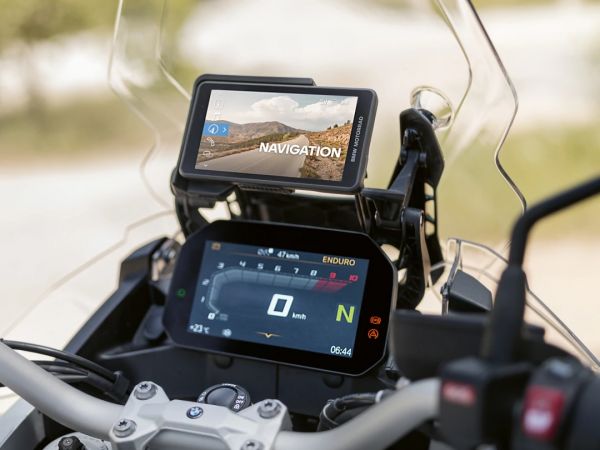
BMW Motorcycle ConnectedRide Navigator
The new BMW Motorcycle ConnectedRide Navigator ...
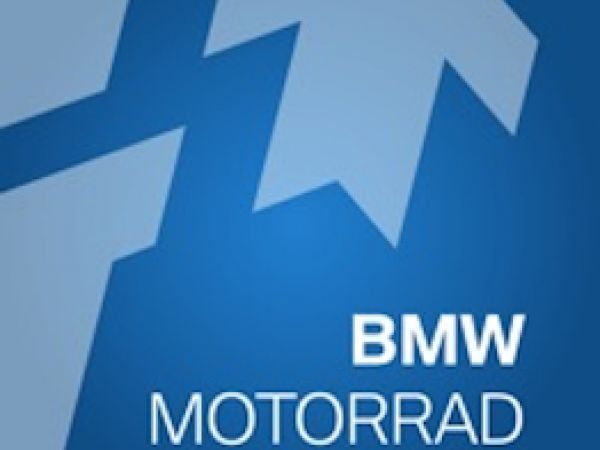
BMW-ConnectedRide Cradle and ConnectedApp
Riders of new BMW models have several options for using information and entertainment ...
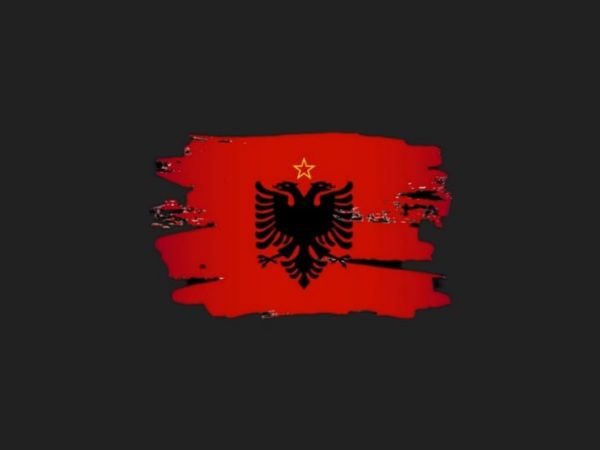
Traffic regulations in Europe - Albania
What should be considered on a motorcycle tour to or through Albania?
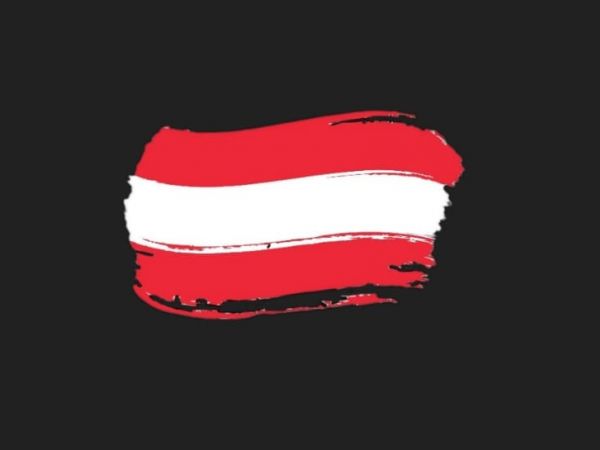
Traffic regulations in Europe - Austria
What should be considered on a motorcycle tour to or through Austria?
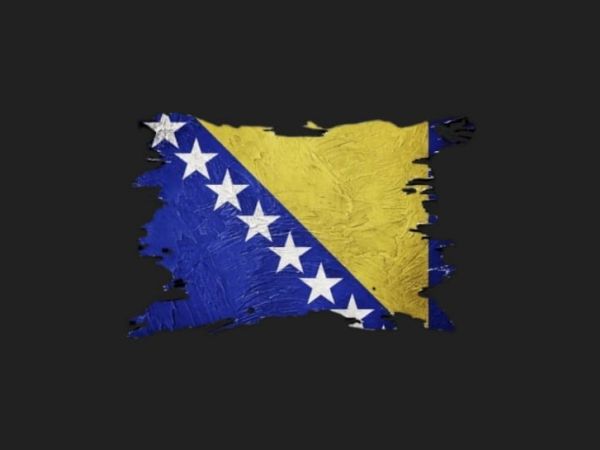
Traffic regulations in Europe - Bosnia Herzegovina
What should be considered on a motorcycle tour to or through Bosnia and Herzegovina?
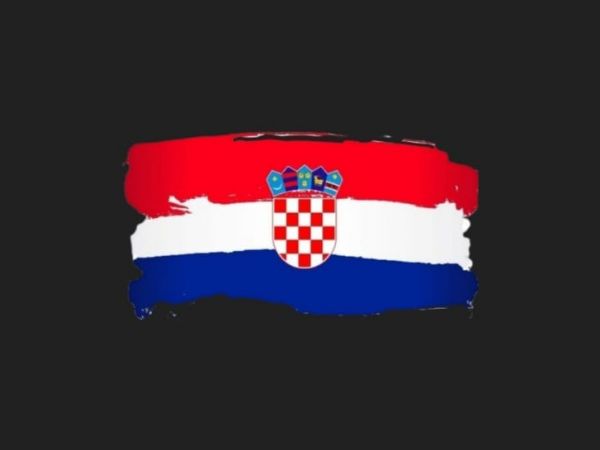
Traffic regulations in Europe - Croatia
What should be considered on a motorcycle tour to or through Croatia?

Traffic regulations in Europe - France
What should be considered on a motorcycle tour to or through France?
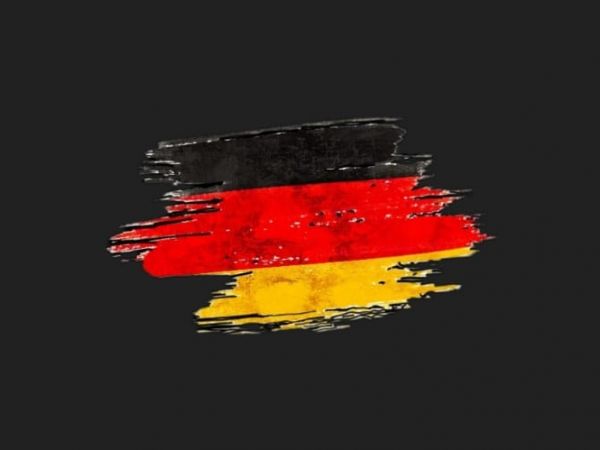
Traffic regulations in Europe - Germany
What should be considered on a motorcycle tour to or through Germany?
